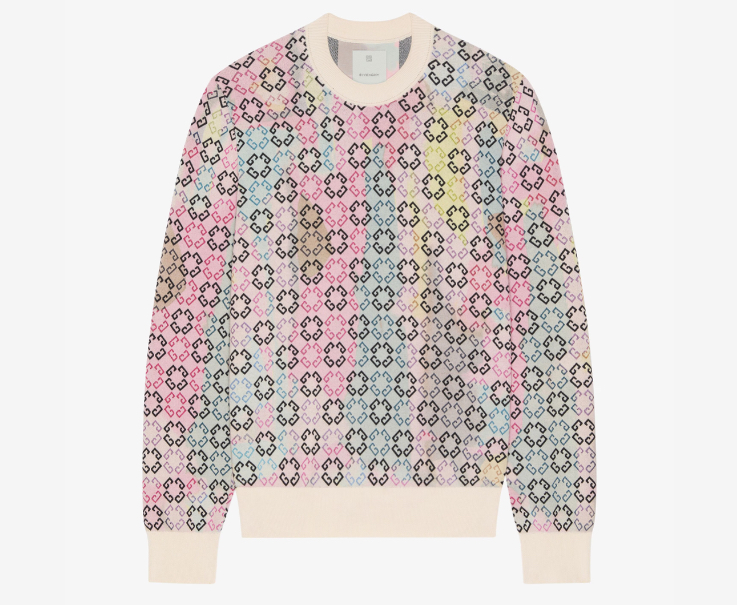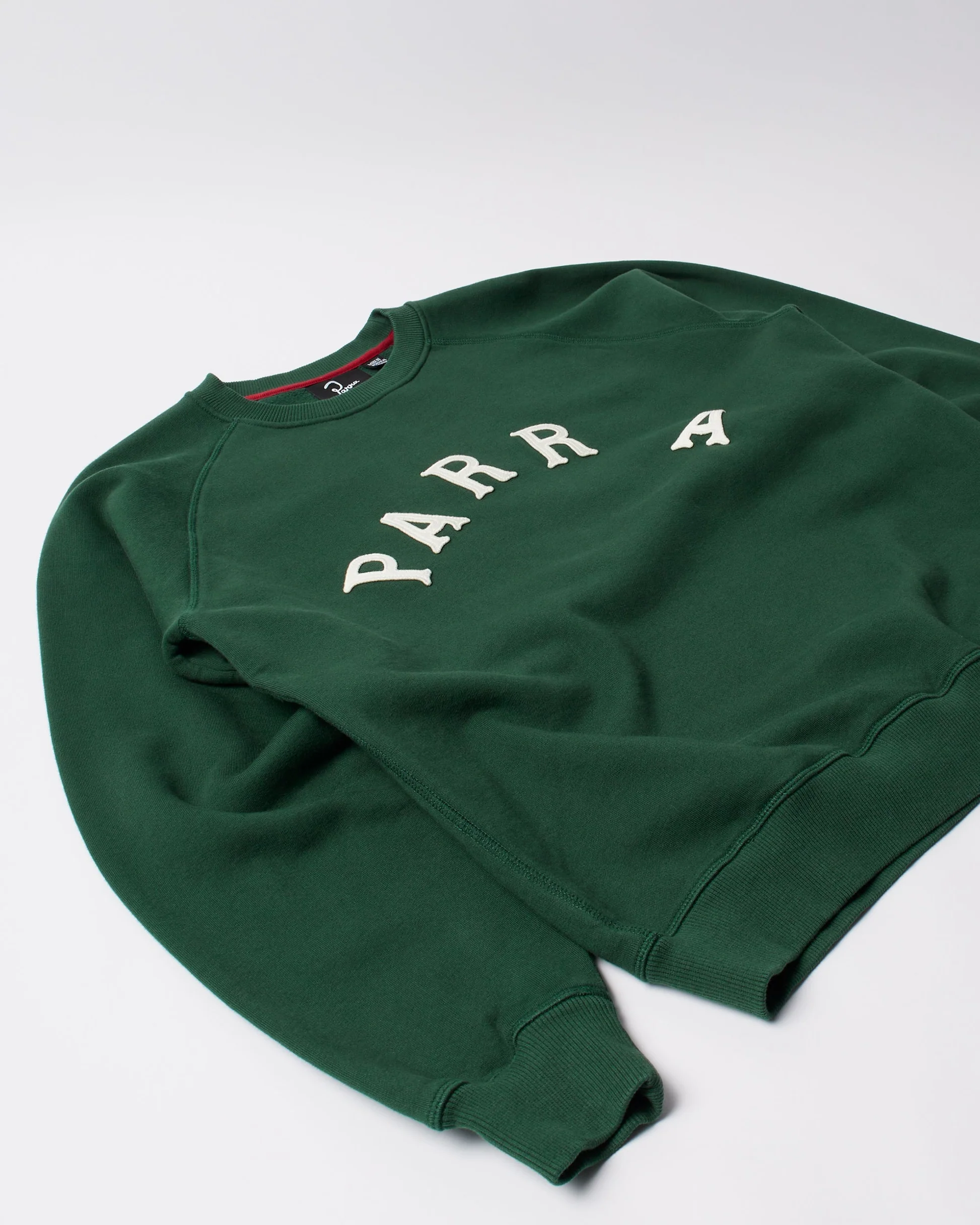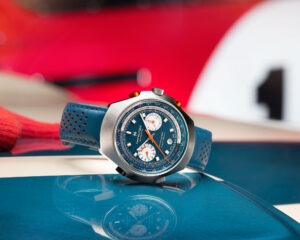In the high temple of bespoke fashion, few garments manage to echo both reverence for house heritage and a vibrant gesture toward the new. The Multicolor Sweater in Monogram 72 by Givenchy is one such artifact—a chromatic, tactile hymn to creative continuity. It is a piece not simply worn but witnessed, as much sculpture as it is sweater, coded with history and wrapped in contemporary edge.
The Emblem as Iconography: The Monogram Reborn
Since Hubert de Givenchy first stitched his name into the fashion pantheon in 1952, the French maison has oscillated between the rigor of haute couture and the dynamism of ready-to-wear. The Monogram 72 sweater bridges this duality through its use of Givenchy’s evolved logo—a bold typographic lattice that overlays the sweater like an architectural grid. But this isn’t mere branding. It is codification.
The repeating monogram does more than label. It frames the garment as a devotional object. The number 72 is significant here, not merely numerical but referential. It evokes a spirit of homage, potentially tied to archival seasons, referencing 1972—a year where both optimism and austerity shaped the global aesthetic landscape. Either intentionally nostalgic or arbitrarily abstracted, the inclusion of “72” acts like a relic year, inviting speculation, loyalty, and scholarly decoding.
Color, then, becomes language. Rather than the monochrome solemnity often associated with logomania, this piece embraces a riotous spectrum—reds, blues, yellows, greens—each hue contending for spiritual space within the grid. It becomes less of a logo and more of a mandala. A sacred matrix. A chromatic prayer.
Construction as Catechism: Materiality and Fit
The tactile language of this sweater deserves veneration. It is knitted from a refined wool blend—light enough for layering, substantial enough for form. The weave is tight, precise. Like monastic manuscript work, every stitch counts. While many logo garments in contemporary street-luxury opt for the shortcut of silkscreening or digital print, Givenchy elevates the form by embedding the monogram into the textile itself.
The silhouette is faithful to luxury casualwear codes. Boxy but not exaggerated, tailored but not strict, the sweater drapes in a way that reflects Givenchy’s current aesthetic vocabulary: Parisian sharpness with global adaptability. Ribbed cuffs and hem provide structure, allowing the body of the garment to behave almost like a tapestry suspended in motion.
In this, one finds echoes of Matthew M. Williams’ influence—the American designer who currently leads the house. Known for his love of techwear and material innovation, Williams’ subtle fingerprints are felt in the balance of texture and structure. There is weight without bulk. Detail without noise.
A Devotional Object in an Era of Excess
Critically, the Multicolor Monogram 72 sweater should not be viewed merely as a fashion statement but as a cultural artifact. In an age where fashion is increasingly dematerialized—filtered, rendered, re-shared—this sweater dares to feel. It is tactile, analog, a return to devotion through craftsmanship. It asks for time. It rewards contemplation.
It also resists disposability. Where fast fashion mimics logocentric design through surface mimicry, Givenchy’s sweater internalizes its identity. The monogram is not decorative veneer. It is substance. That alone warrants its consideration as a luxury object rather than a branded product.
But even devotion has irony. In its attempt to assert slowness, reverence, and luxury permanence, the sweater’s graphic flamboyance makes it instantly Instagrammable, part of the digital moment it may be critiquing. This paradox is where its power lies—it is devotional, yes, but also divisive.
Theological Threads: Fashion and Faith
Let us not overlook the religious undercurrent. To speak of devotion in fashion is to wander into sacred territory. The Givenchy sweater functions like a vestment—a liturgical robe for the street-style congregation. The monogram becomes icon. The wearer, acolyte.
This theological metaphor is not incidental. Fashion, like religion, depends on ritual, repetition, and revelation. The Monogram 72 becomes a kind of armor of belief, a textile creed that binds the wearer to the house’s past and its present high priesthood.
Unlike other designer logo pieces which often feel transient or novelty-driven, Givenchy’s piece insists on continuity. It belongs less to the moment and more to the archive. A future artifact.
Devotion and Dissonance: Aesthetic Risks
The risk in such a maximalist approach is always aesthetic fatigue. When does devotion become dogma? When does repetition become noise? The Multicolor Monogram 72 sweater toes this line. For some, its bold palette and relentless patterning may feel claustrophobic—too much sermon, not enough silence.
But for the faithful, the converted, the disciples of high fashion semiotics, the sweater sings. Its audacity is its purity. Its insistence on being seen mirrors the act of spiritual devotion: performative yet sincere, theatrical yet profound.
Contextual Placement: Givenchy in the Contemporary Wardrobe
To appreciate the Multicolor Monogram 72 sweater fully, one must position it within the broader context of luxury logowear in 2025. Post-COVID consumerism leans into visible heritage. Logos are not just status symbols; they are emotional anchors. People want brands that stand for something—history, permanence, identity.
Givenchy’s offering arrives in this cultural moment not as a shout but as a chant. Less trend, more text. It pairs not with hype but with heritage. It is as appropriate on the runway as it is in an archival gallery or street-style shoot.
For stylists, this sweater invites asymmetry: wear it with raw denim and Cuban heels; offset it with a genderless pleated skirt. It begs contradiction, just as all powerful iconography does.
Impression
In sum, the Givenchy Multicolor Sweater in Monogram 72 is not simply a garment. It is a vestment of brand mythology, a statement of modern logocentrism, and an offering to the altar of craft. It resists silence, demands participation, and rewards the faithful.
Its price tag may suggest exclusivity, but its message is inclusive—this is for the believers, the fashion pilgrims who walk not by trend, but by testament.
No comments yet.








